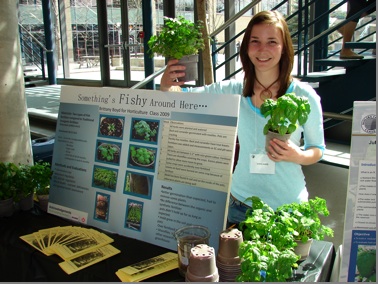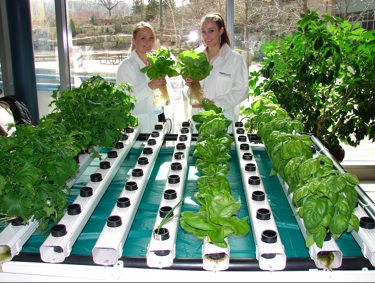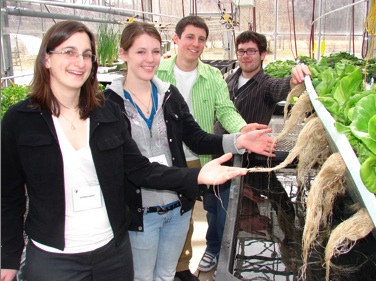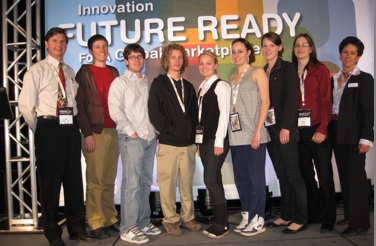
Features
Business
Research
Research in spotlight at Niagara College open house
February 11, 2010 By Dave Harrison
WEB EXCLUSIVE
Research in spotlight
at Niagara College open house
Want to see
what some of your future growers have been doing this past winter? Check out
the 41st annual “In Your Backyard” Horticultural Open House and Plant Sale of
Niagara College, being held March 20-21 at the Niagara-on-the-Lake campus.
Feb. 11, 2010, Niagara-on-the-Lake, Ont. – Want to see
what some of your future growers have been doing this past winter? Check out
the 41st annual “In Your Backyard” Horticultural Open House and Plant Sale of
Niagara College, being held March 20-21 at the Niagara-on-the-Lake campus. The
popular event has grown in recent years to incorporate the work and talents of
students in other departments.
Guests will
enjoy key speakers, student displays, demonstrations, applied research
projects, exhibits and expert garden advice. The successful “Backyard
Marketplace” returns this year to provide a venue for a wide selection of
Niagara businesses featuring over 35 vendors. Concession-style refreshments
will also be available in the marketplace.
A colourful
selection of thousands of student-grown plants will also be available to
purchase in the greenhouse.
TAKING A LOOK BACK TO 2009 OPEN HOUSE
Horticulture class projects were front and
centre during the 40th edition held last year. Here's a brief sampling:
 |
| Sarde Amos, representing her Organic Horticulture classmates, outlines the production of herbs with Dramm Corporation fish fertilizers in biodegradable pots. The students compared fish fertilizer with traditional inorganic fertilizer in the production of basil, parsley and coriander, and they observed little difference in the harvested product. Leaf and root development, as well as insect preference, were evaluated. The fish fertilizer performed particularly well with basil, resulting in superior quality plants. |
 |
| The Greenhouse Technician class studied an NFT system for homeowners, an adaptation of commercial systems. Mustard, lettuce, basil, chives, parsley and coriander were evaluated with an NFT system made from materials found in any hardware store. Leaf growth, root system development and insect incidence were evaluated. Mustard, lettuce and basil of high quality were produced, while chives and coriander were not found to be productive in this system. It was found that parsley and coriander acted as insect magnets, particularly for aphids. Jessica Rooker (at left) and Julie Rajnak were two of the students involved in the project. |
 |
| Another Greenhouse Technician class project evaluated Dramm fish fertilizers with the production of lettuce in floating raft systems. The use of organic fertilizers in this system is often challenging. Results so far indicate that this fertilizer can be used in floating systems; that pH management is challenging, in particular if you need to maintain organic production; and that biological activity in the water media can be enhanced with aeration. Further studies are required for evaluation of solid additives to the water tank in order to enhance nutrient uptake. Checking root development in these plants are Andrea Keddy, Emily Hendrikx, Joe Barkhouse and Nathan Nettleton. |
 |
| The lettuce in floating raft systems project was an OCE 2009 Connections finalist. Attending the Discovery '09 conference were, left to right, Bill MacDonald (staff), Joe Barkhouse, Nathan Nettleton, Sean O’Grady-Michon, Jessica Rooker, Julie Rajnak, Emily Hendrikx, Andrea Keddy and Olga Piedrahita. |
(Editor’s Note: Others students involved in the Greenhouse
Technician projects noted here included Nicholas Ingratta, Sean O'Grady-Michon,
Victoria Keefe and Sarah Meilleur.)
Print this page